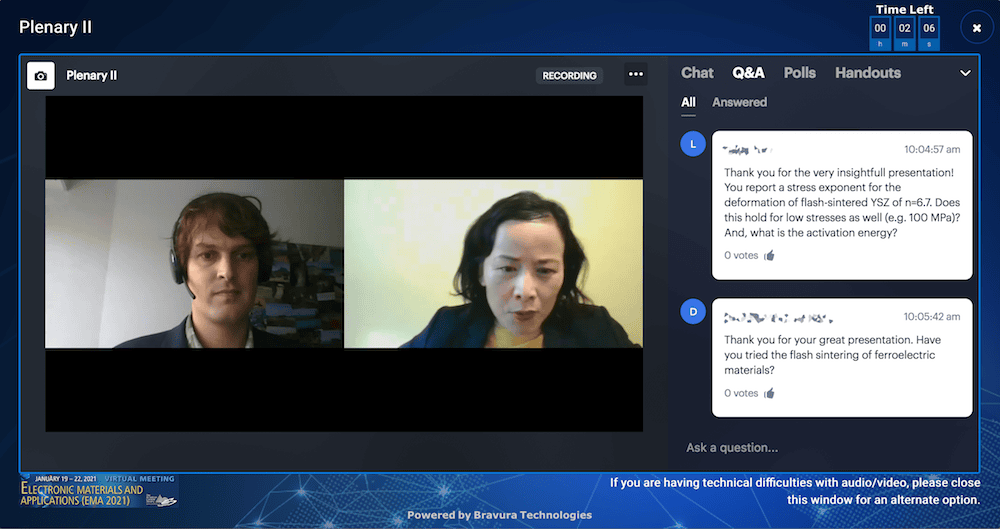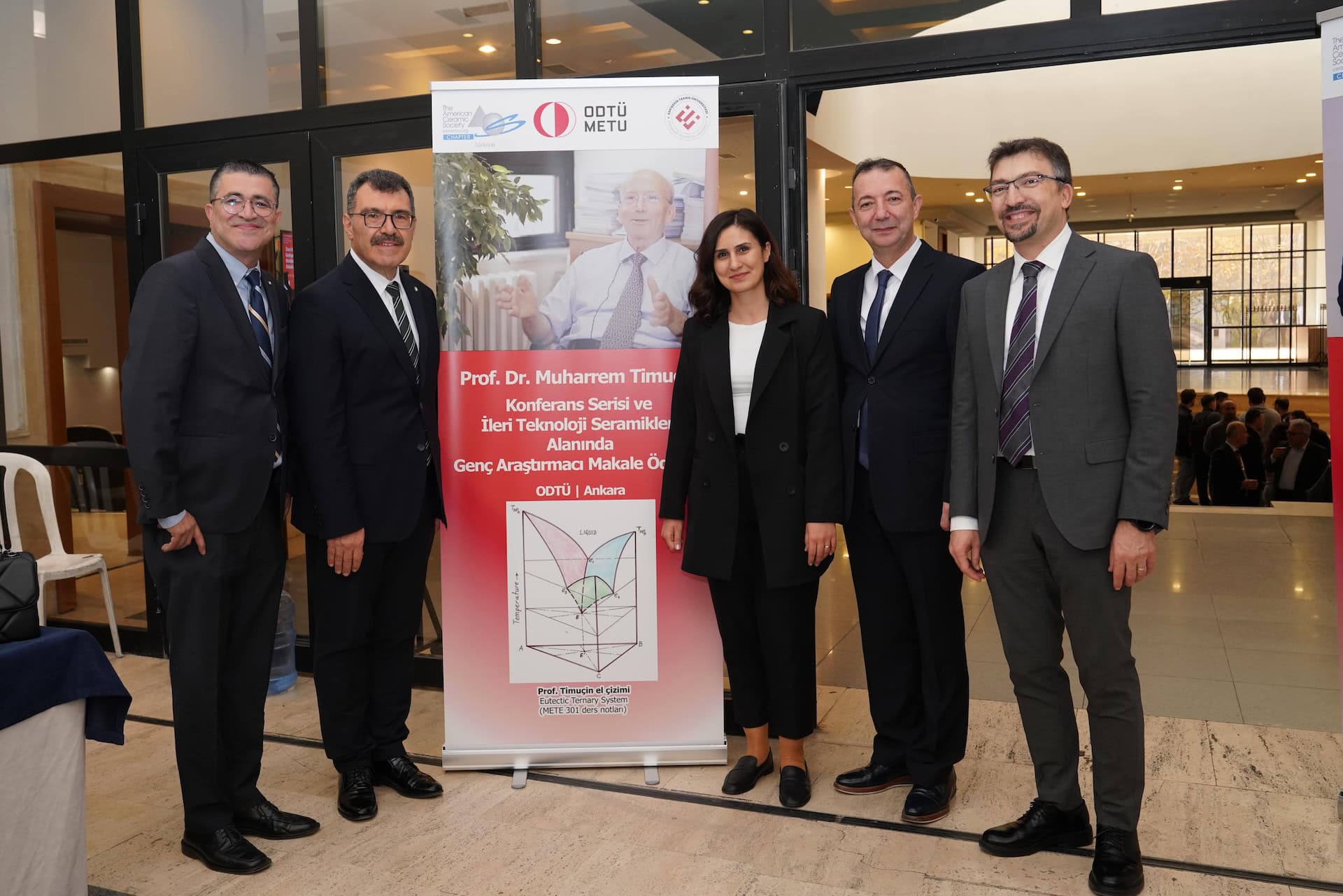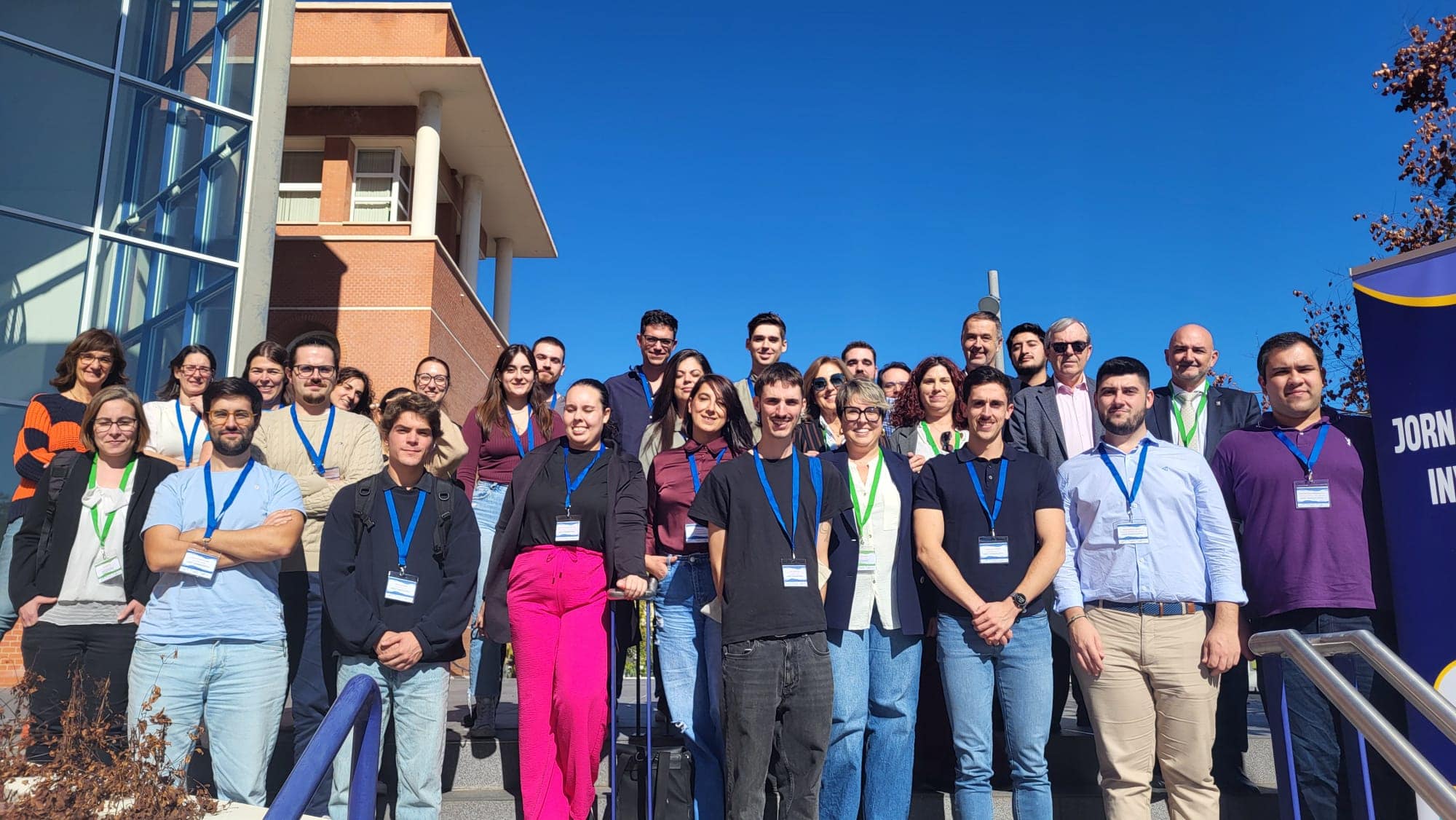
[Image above] Wednesday plenary speaker Haiyan Wang from Purdue University (right) answers questions from the audience following her presentation. Organizing co-chair Wolfgang Rheinheimer from Technische Universität Darmstadt, Germany, (left) moderated the session. Credit: ACerS
It is hard to believe that one year ago the World Health Organization declared the COVID-19 outbreak a global health emergency, a warning which they upgraded to “pandemic” status in March. Since then, daily life has transformed to take place disproportionately online, be that for work, school, or personal gatherings.
Science conferences also largely transformed into virtual events, and ACerS successfully hosted three virtual meetings in 2020, plus supported the management of two others. With the nascent rollout of vaccines now taking place, hopes are high that some in-person meetings could take place near the end of the year. Until then, ACerS will continue to hold meetings virtually for the safety of attendees—just as ACerS did last week for the 12th annual Electronic Materials and Applications Conference.
ACerS Electronics Division and Basic Science Division usually host the EMA conference each year in Orlando, Fla. While the virtual format this year unfortunately did not allow for a quick trip to Disney World, attendance at the conference remained strong with a record 441 registrations, including 167 students, from 29 countries and close to 400 presentations.
“We are very happy that the virtual EMA2021 last week was well received. We are delighted to see the record participation and active engagements of the attendees at the live Q&A, special events, and networking events during the virtual meeting, and we look forward to meeting everyone again in person next year at Orlando,” says Claire Xiong, Electronics Division co-chair and associate professor of materials science and engineering at Boise State University.
Below are some highlights from virtual EMA 2021.
Plenaries: Emerging material properties and novel processing technologies
The conference included two plenary lectures, one each presented on Tuesday and Wednesday morning.
Despina Louca from the University of Virginia opened the conference with a plenary talk on emergent properties in oxides and semimetals, with a special emphasis on magnetoresistive systems.
“A time-honored route to new physics in solids is through the magic of magnetism,” Louca says. Magnetism is a class of physical phenomena produced by the motion of electric charge. An increased understanding of magnetism can lead to the creation of fundamentally different magnetic materials with application in a wide variety of areas, such as more efficient data storage.
Of the different magnetic phenomena, magnetoresistance is the tendency of a material to change the value of its electrical resistance in an externally applied magnetic field. This property is useful for sensors in automotive, medical, and industrial applications, and Louca discussed her group’s work investigating the phenomenon in perovskite oxides, topological semimetals, and semiconductors.
Haiyan Wang from Purdue University discussed a different material phenomenon during her plenary talk on Wednesday—field-induced mass transport in flash-sintered, high-temperature ceramics.
Flash sintering is an emerging method for processing ceramics that allows sintering to happen at lower temperatures in only a few seconds. However, the underlying mechanisms of flash sintering and the mechanical behaviors of flash-sintered ceramics remain poorly understood.
Since 2017, Wang’s group at Purdue explored the fundamentals of field-induced mass transport phenomena in flash-sintered ceramics. “Through this study we discovered many interesting features … and some of the features are related to the highly defective nature of the ceramic materials created using the flash sintering technique,” Wang says. This understanding allowed them to control the defects based on flash sintering conditions, which she described in her talk.
Student events: Career panel, awards, and learning to fail
Numerous student events took place during EMA 2021, starting with a poster session on Tuesday evening. Because of the virtual format, students uploaded recordings of themselves presenting their posters. On Thursday evening, winners of the poster and oral competitions were announced during a special award session, the recording of which is below.
First place in poster and oral competitions went to Seongwoo Cho (Korea Advanced Institute of Science and Engineering) and William Huddleston (Case Western Reserve University), respectively, for their presentations on high-speed visualization of ferroelectric domains (Cho) and assessment of multifunctional performance of Li4Ti5O12–Ni anode composites (Huddleston).
On Wednesday, ACerS President’s Council of Student Advisors sponsored a career panel for students to ask questions of electroceramic career professionals. Questions covered a wide variety of topics, including work/life balance, dealing with funding uncertainty, and finding your own research topic following graduation. Panelists pointed attendees to ACerS Young Professionals Network as a way to connect with other students and young professionals in the ceramic and glass community, and to find professional development training opportunities.
The last event of the conference was the ever-popular Failure Symposium on Friday night, where scientists share their experiences with failure on their road to success. However, instead of the usual presentations, this year the Failure Symposium was conducted in the format of a pub quiz, where attendees were split into teams and quizzed on famous historical material failures and previous Failure Symposiums.

The recordings from EMA 2021 will be available through March 31, 2021. If you did not attend the live event, you can still register here to view the nearly 400 presentations!
Plan to join us next year for EMA 2022 in Orlando, Fla., Jan. 18–21, 2022. We look forward to seeing everyone in person again!
Author
Lisa McDonald
Spotlight Categories
- Meeting Highlights
Divisions
- Basic Science
- Electronics


